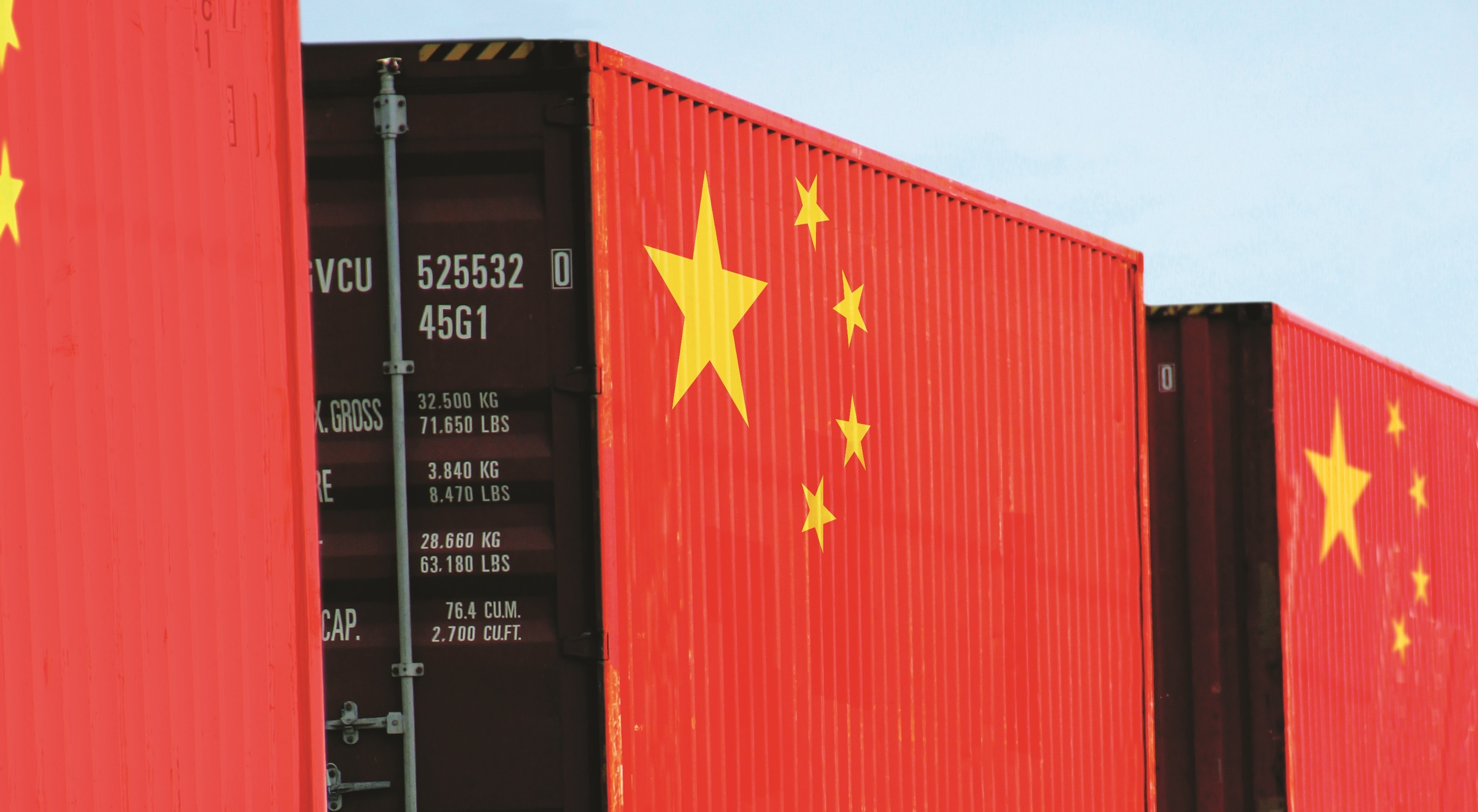How can ASEAN developers benefit from the Belt and Road initiative?
When Xi Jinping became Secretary of the Communist Party in 2008, China was facing hardships triggered by the global financial crisis. Meanwhile, the Washington-driven Trans-Pacific Partnership (TPP) coalesced Pacific nations into a trading bloc aligned to the US to compete with China’s influence on its neighbours.
China’s model as the world’s manufacturing foundry at that time had been made efficient through its investment in infrastructure. The global financial crisis however had highlighted China’s overinvestment in steel, cement, construction and real estate. State-owned companies (SOEs) – its primary growth vehicles – survived in monopolistic environments, but the dividends of growth bypassed the nation’s underdeveloped hinterland.
Clearly, if the TPP were to succeed, China would have its power diminished in terms of trade.
Enter the One Belt One Road (OBOR) initiative. Described officially as “a great undertaking that will benefit peoples around the world” and overcome “the weak recovery of the global economy and a complex international and regional situation”, OBOR is a strategic attempt to reverse US dominance and enable China to define its own global role.
OBOR’s objectives are geopolitical: secure China’s borders but with a distinct economic motive, enabling the nation to channel its construction overcapacity through turnkey-based contracts. China then gains control over desired trade channels; connects its hinterland to Europe via road and rail; secures its need for raw materials, especially for energy needs; and upgrades its economic capability.
To appreciate just how OBOR projects can influence the real estate markets of Southeast Asia, one needs to understand several global megatrends.
Globalisation has led to the dispersal of manufacturing worldwide and complex changes to the movement of goods. It created global supply chains with clear-cut arteries for trade, manufacturing, and people movement, in turn spurring demand for infrastructure such as roads, rail, special economic zones, and ports.
Despite setbacks in similar initiatives across Africa, OBOR will see all benefits of construction and materials flow to China, while the host country takes on the financial liability of the infrastructure created – essentially reducing them to a cog in China’s global supply chain. This is evident in many Asian OBOR projects, from ports in Myanmar to high-speed railway in Laos.
Local real estate owners can still benefit from OBOR, however, through the increase in land prices from such projects. Land price inflation, as seen in Laos and Myanmar, recycles sale proceeds into real estate developments.
China’s advantage lies in its ability to negotiate extreme terms, such as its desire to develop the Free Trade Zone exclusively in Sri Lanka’s Hambantota port, in addition to monopolising all development opportunities around the area and even exporting its own factories to Sri Lanka.
The local real estate industry’s ability to participate in OBOR is truly determined by the government’s capacity to negotiate safeguards – often difficult given China’s overwhelming presence.
Urbanisation will also play a huge role in the success of OBOR. An estimated 410 million people are expected to move to cities by 2030, according to Oxford Economics’ Global Cities study. Jakarta and Kuala Lumpur are expected to grow by 4 to 6 percent, while Manila, Ho Chi Minh and Hanoi are projected to grow by 6 to 8 percent per annum.
Indeed, Jakarta looks set to become one of the world’s largest cities by 2030 with an estimated 37.5million residents and its twelfth richest in GDP terms according to the same study. This growth will inevitably create further congestion and density and the need for rapid, mass movement of goods and people. This provides numerous development opportunities at nodes like stations and surrounding suburbs. China is already heavily involved in infrastructure-oriented OBOR projects in ASEAN, such as the high-speed rail connecting Kuala Lumpur and Singapore. Such developments present a much bigger playing field on which local real estate players can participate.
One element perhaps overlooked in the rise of OBOR is the growth of Chinese tourism. Last year some 135 million Chinese travelled overseas. In terms of inbound arrivals, the Chinese already hold the top spot in Malaysia and Indonesia and second place in Singapore. Although retail experiences in the region have traditionally driven tourism, Chinese tastes are shifting.
For some years already, especially in countries such as Malaysia and Thailand, tourists are being replaced by property investors. Sansiri, one of Thailand’s largest developers recently reported a 100 percent increase in Chinese property investment in 2017.
There is little doubt that OBOR projects will provide local real estate players with significant opportunities. In formulating sound development decisions, understanding local drivers of supply and demand are obviously key, but they must be placed in the context of global megatrends and a larger political backdrop.
Yet the long-term nature and complexity of factors influencing local developers suggest that the old means of assessing demand and supply may be inadequate.
Source: https://www.propertyguru.com.my/property-news/2018/2/168966/keep-how-can-asean-developers-benefit-from-the-belt-road-initiative


 Thailand
Thailand




